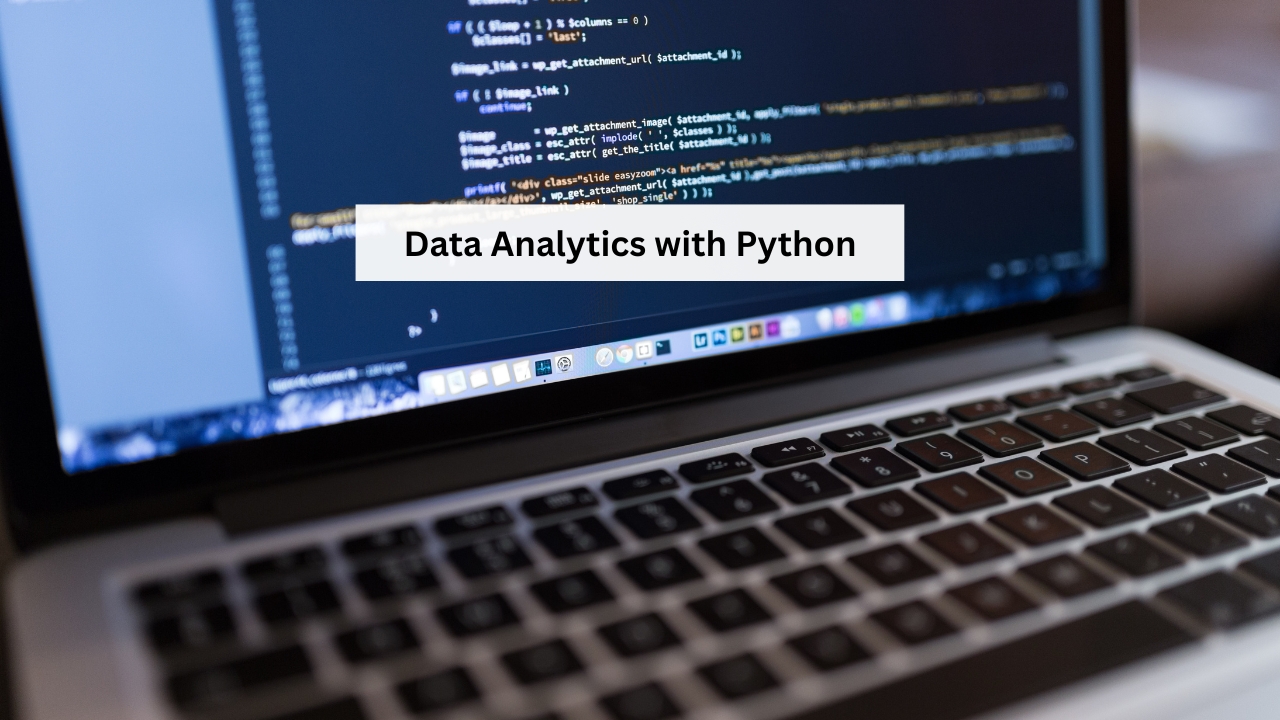Data is being created at a tremendous rate from online payments and customer feedback to social media usage and IoT sensors. But raw data has no value unless it’s analyzed, interpreted, and transformed into actionable insights. That’s precisely what data analytics does. And with Python being the engine behind the operation, data analysis gets accelerated, more agile, and seriously efficient.
The process begins with data collection. Organizations collect data from various sources such as databases, websites, applications, and sensors. The raw data is usually messy, and thus, the initial significant task is data cleaning and organization. The objective is to make the data consistent, reliable, and analysis-ready.
Python is exceptional in this process due to the following reasons:
- It provides speedy processing of large datasets.
- It offers means to discover and rectify missing or inconsistent data.
- It facilitates filtering, transformation, and reshaping of the data with little effort.
After the data is cleaned, exploration comes into play. This is where analysts begin to ask significant questions and seek patterns. Whether discovering what products sell most during the holidays or why a specific service has poor reviews, exploratory analysis puts flesh on the bones of numbers.
Major analytical methods are:
- Summarizing distributions with descriptive statistics.
- Comparing trends over time or categories.
- Identifying correlations or outliers in the data.
Python’s data visualization libraries facilitate turning these insights into visuals, enabling easy communication of findings with non-technical stakeholders. A simple chart can oftentimes show what pages of raw data cannot: a sharp spike in revenue decline, a seasonal peak in demand, or a direct connection between user engagement and purchase behavior.
Once trends are seen, organizations can go a step further, anticipating what will happen next. Python facilitates this move toward predictive analytics since statistical modeling and machine learning are made possible with it. Whether predicting future sales, detecting customer churn, or scoring marketing campaign leads, Python utilities enable you to create models that learn from data and predict future behavior.
Typical activities in this stage are:
- Division of historical data into training and testing sets.
- Choosing the most important variables for prediction.
- Testing the precision and performance of the predictive models.
But more essential than modeling is interpretation. A model will be useless if its output can’t be interpreted and utilized. Python facilitates this through the amalgamation of data, models, and explanations into reports, dashboards, and even web applications that present insights in a consumable form.
Python’s strength in data analytics is captured by several easy concepts:
It simplifies the analytics pipeline.
- It makes simple and complex tasks possible without changing tools.
- It facilitates automation with repeatable tasks being easy.
- It encourages experimentation and innovation through an open-source ecosystem.
Today, businesses cutting across healthcare and finance, retail, and education use analytics powered by Python to make smarter decisions. Its digital transformation is all about data analytics—optimize business operations, raise customer satisfaction, or simply cut costs.
And for people, mastering Python in data analytics opens doors to lucrative careers. The skills acquired in data cleaning, exploration, visualization, modeling, and reporting are now the essentials across analyst, data scientist, and business strategist roles.
In conclusion, data analysis with Python is not a technical endeavor alone. It’s an attitude. It’s the discipline of asking more refined questions, seeking deeper truths, and making decisions based on evidence. In an information-saturated world, Python provides you with the means to sift through the chaos and make data transparent.





